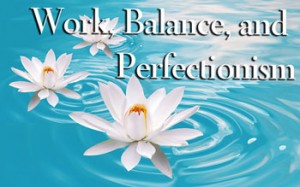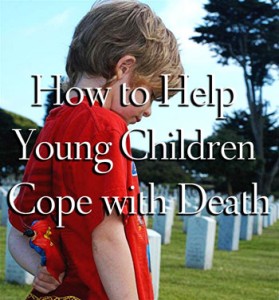One of the things that really contributes to stress is how our minds make up all sorts of unhelpful ways to help ourselves. One of those ways can be called Complicated Pain. Why is your pain so complicated?
Let’s say you have a young child that throws a tantrum in public. The frustration and possible embarrassment that you feel during the tantrum itself is called Simple Pain. It’s what comes naturally when life doesn’t go your way. It’s to be expected, and it will go away once the tantrum is over.
Now, let’s say that you notice this Simple Pain, and you immediately think to yourself, “I should be more patient,” or “This wouldn’t happen if I were doing a better job as a parent.” These thoughts naturally can lead to feelings of being ashamed, upset with yourself for getting irritated, feeling guilty, etc. That is Complicated Pain. It’s pain brought on by how our problem-solving minds tend to worry about how we worry, or chastise ourselves for feeling discomfort. The problem is, there is virtually no limit to how much Complicated Pain we can bring upon ourselves. There’s always a judgement, regret, worry, and uncomfortable feeling that we can pile on. Quite effortlessly, I might add.
You could take any problem you are having, and make a pie chart representing all of your suffering from a given situation. Divide it into the Simple Pain due to the problem itself (such as: Car broke down, so I have to walk), and the Complicated Pain (such as: Car broke down, so I’m worried about money, afraid that this is going to ruin the whole year, getting upset with my spouse for spending too much last week, irritated with myself for feeling this way, fearing that this means I’ll have to go see a therapist.) Ask yourself whether what you are experiencing is directly from the event, or in any way part of your thoughts about the event.
My prediction is that a lot more than half of your suffering is due to Complicated Pain. Though there are many ways to reduce this, a great and simple way to start is to just notice without judgement that this is happening. You’d be surprised at what might happen for you! But, don’t worry, I have more hints to share in upcoming posts, so stay tuned!

Visit Kat on Google+
 As I sit with some rare and (sort of) precious computer time while my toddler naps, I realized that I hadn’t done a blog post or a Facebook or Twitter update in so long! The thought of “catching up” suddenly inspired the perfectionist procrastinator in me to dread it, feel overwhelmed and somewhat lame for letting things go. But this is also a great opportunity to explore what the term “balance” means to me, and why it is that I don’t feel “effective” or “productive” unless I’m all-consumed by a project?
As I sit with some rare and (sort of) precious computer time while my toddler naps, I realized that I hadn’t done a blog post or a Facebook or Twitter update in so long! The thought of “catching up” suddenly inspired the perfectionist procrastinator in me to dread it, feel overwhelmed and somewhat lame for letting things go. But this is also a great opportunity to explore what the term “balance” means to me, and why it is that I don’t feel “effective” or “productive” unless I’m all-consumed by a project? On December 20th, a childhood friend of mine was killed in an accident. Her nine year-old daughter Sarah was orphaned just before Christmas. A tragic and sudden death leaves everyone reeling. Knowing how to help young children cope with death can be difficult given that everyone else is also in crisis. The adults have to function, and the child has to be cared for. Most adults don’t know how to talk to children about death, and don’t know what is and what isn’t normal in the grief process. The subject of children and grief is vast, but this is what you can expect with young children ages 0-9, and how you can help them in their grieving.
On December 20th, a childhood friend of mine was killed in an accident. Her nine year-old daughter Sarah was orphaned just before Christmas. A tragic and sudden death leaves everyone reeling. Knowing how to help young children cope with death can be difficult given that everyone else is also in crisis. The adults have to function, and the child has to be cared for. Most adults don’t know how to talk to children about death, and don’t know what is and what isn’t normal in the grief process. The subject of children and grief is vast, but this is what you can expect with young children ages 0-9, and how you can help them in their grieving. Simple Steps to Create Healthy Relationship Change
Simple Steps to Create Healthy Relationship Change Relationship Change: The Power Is Yours
Relationship Change: The Power Is Yours